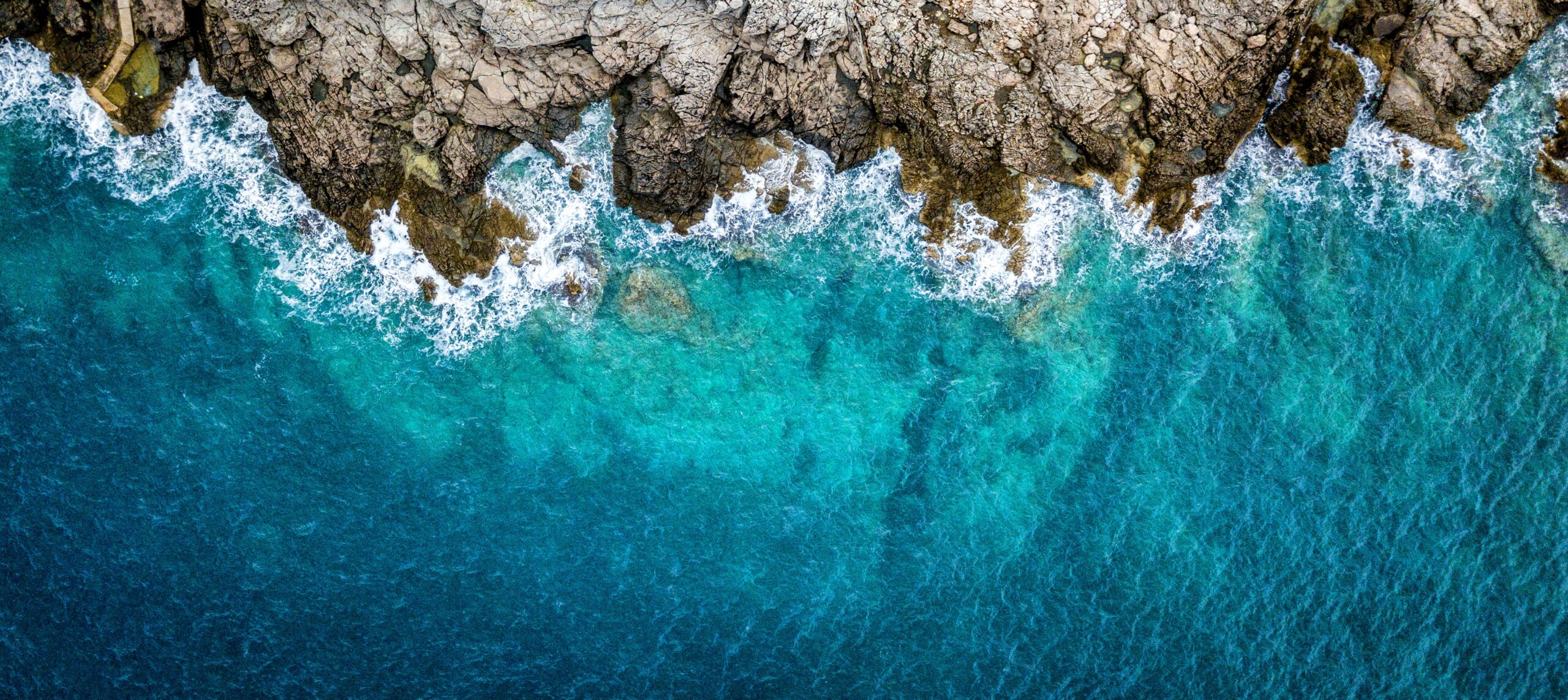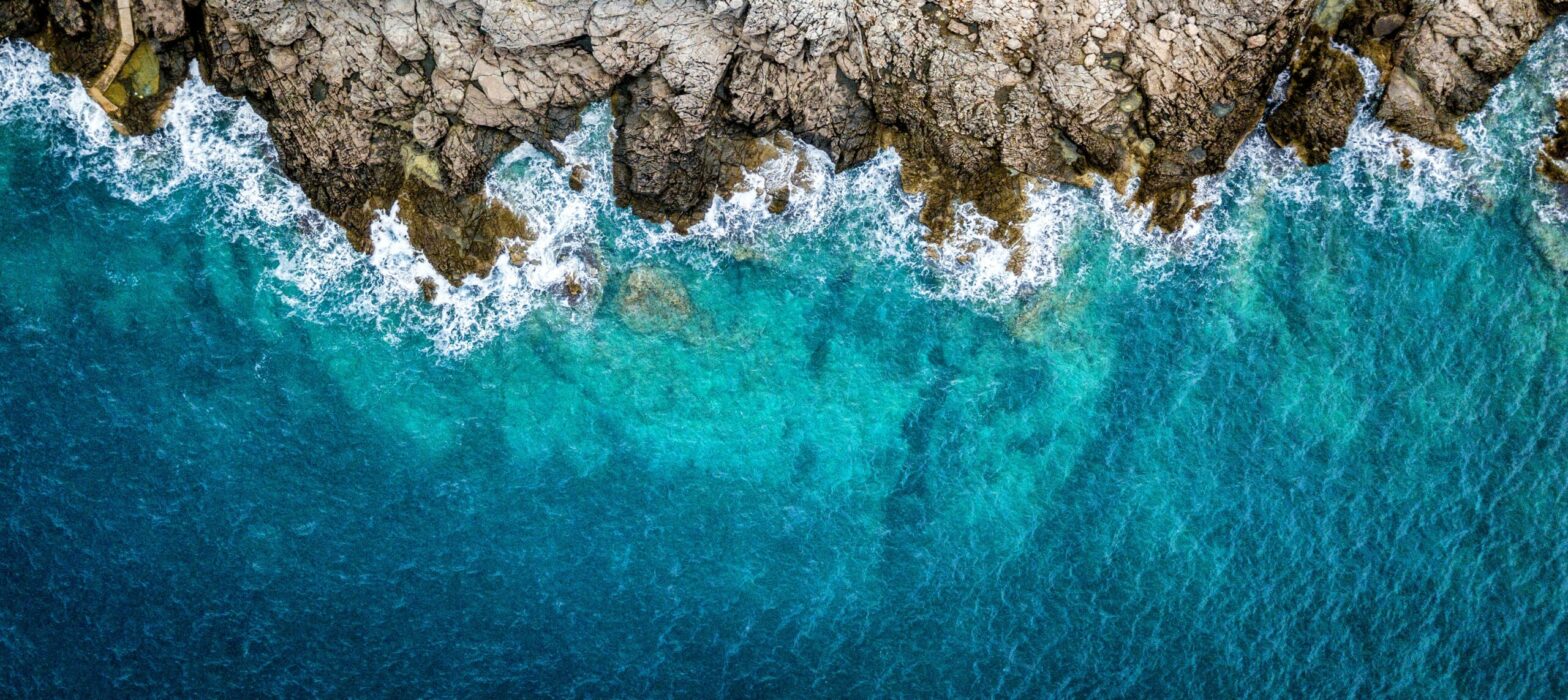
Microplastics are tiny fragments of degraded plastic, no greater than 5 mm in diameter. They are oceanic pollutants that can drift thousands of miles in the surface layers of the open sea and can also find their way down the water column to various depths.
While studies to measure and monitor the presence of microplastics in regions of the world’s oceans have been conducted for the past 50 years, they have made use of disparate methods of collection and analysis, meaning that the data could not be combined or compared easily. Large data sets to help follow the trends in microplastic pollution have thus not been available to researchers in general.
This is what prompted a global team of oceanographers, led by researchers from Kyushu University, to review the data from previous published and unpublished expeditions to sample microplastics in the oceans. They calibrated and processed these data in order to build a publicly available dataset for assessing trends in the abundance of microplastics more accurately.
“Although the observation of microplastics dates back to the 1970s, standardized data spanning the globe is still limited,” explained Atsuhiko Isobe, professor at Kyushu University’s Research Institute for Applied Mechanics.
To create the new dataset, a total of 8,218 pelagic microplastic samples, collected from oceans around the world, were synthesized and standardized. The data set contains raw, calibrated, processed, and gridded data that is now comparable. Samples were adjusted for different types of collection, as well as for conditions of ocean turbulence and wind, as these factors affect estimates of abundance.
“We collected published and unpublished data on microplastic distribution from around the world and calibrated to account for differences such as in collection method and wave height to create standardized, state-of-the-art 2D maps of microplastic abundance,” explained Professor Isobe.
The researchers estimated that there were 24.4 trillion pieces of microplastics in the world’s upper ocean layer, which equates with somewhere between 82,000 and 578,000 tons of plastic, or roughly 30 billion 500 ml plastic water bottles.
“Our dataset provides realistic amounts of microplastics in the wild to help researchers trying to assess the true impact they are having on aquatic organisms and the environment,” said Professor Isobe.
“While this work improves our grasp of the actual situation, the total amount of microplastics is still likely to be much greater since this is just what we can estimate on the surface. For us to get a clearer picture, we must develop 3D maps probing the depths of the oceans and continue to fill the gaps within our dataset.”
“Though we are making progress, we still have much to learn to get a complete picture of the fate of plastic debris and the effect it is having on the environment.”
The research is published in the journal Microplastics and Nanoplastics.
—
By Alison Bosman, Earth.com Staff Writer

